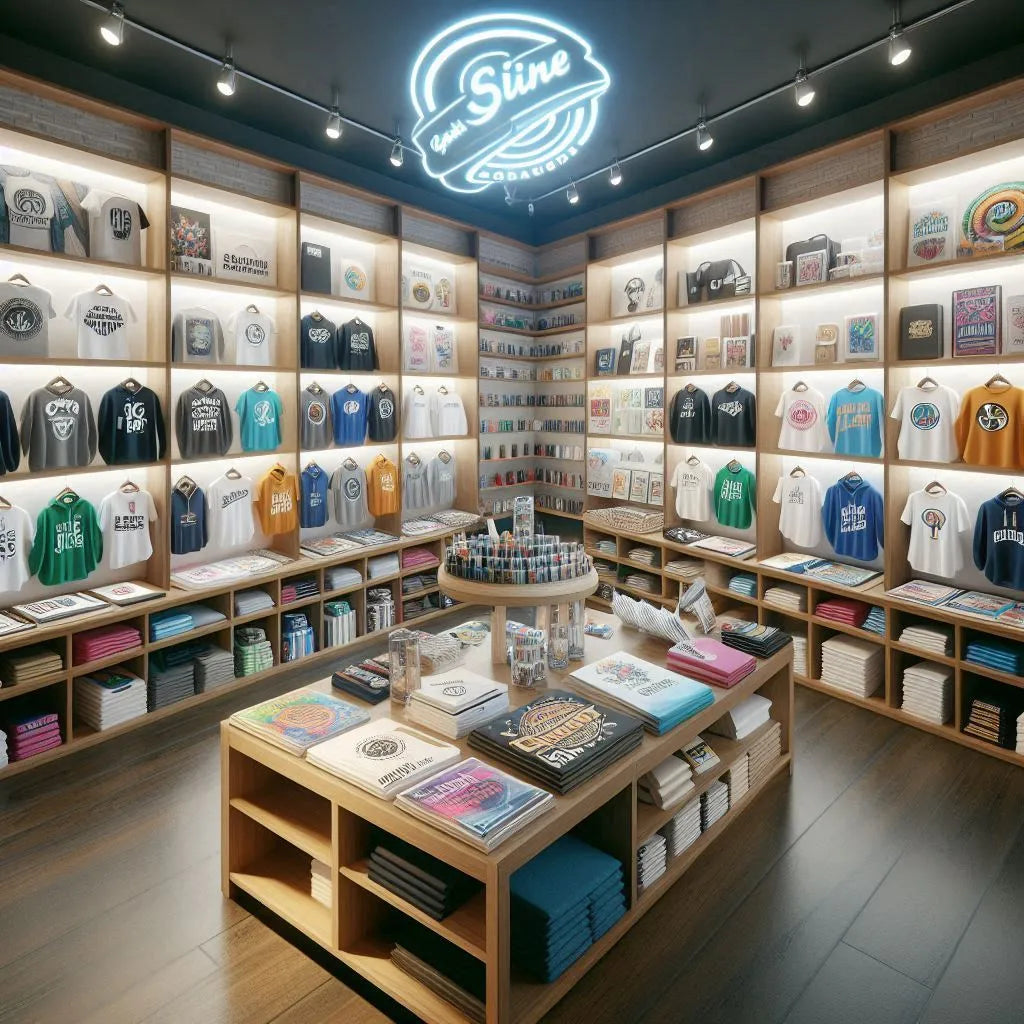
Unlock the Power of DTF Gang Sheets: From Chaos to Cost-Cutting Champion
Unlock the Power of DTF Gang Sheets: From Chaos to Cost-Cutting Champion
DTF printing has become a popular production method thanks to its ability to deliver bright colors, crisp details, and durable results on a wide range of materials. As the industry grows, efficiency and cost control are becoming increasingly important for both large studios and small businesses. This is where DTF gang sheets play a transformative role. They simplify complex workflows, help reduce waste, and create a more organized production system. With the right strategy, gang sheets turn chaos into a clear path toward savings and better output.
What Makes DTF Gang Sheets a Smart Solution
DTF gang sheets allow multiple designs to be arranged together on one film. This simple concept has a major impact on production. Instead of running separate prints for each graphic, operators can combine several designs into a single sheet. This reduces film consumption, lowers printing time, and improves overall material usage. The ability to group many items together makes gang sheets ideal for studios managing daily workloads, custom orders, or large design collections. They help maintain order during busy production periods and ensure that every project stays on schedule.
The Cost-Cutting Benefits of Using Gang Sheets
One of the most valuable advantages of gang sheets is how effectively they reduce costs. Printing multiple designs on a single sheet lowers the cost per transfer and maximizes material efficiency. For small businesses, this supports competitive pricing while maintaining quality standards. For larger operations, the savings become even more significant because high-volume production quickly multiplies the benefits. Film is used more efficiently, errors occur less often, and fewer reprints are needed—leading to steady long-term savings.
Optimizing Layout for Maximum Efficiency
To take full advantage of gang sheets, layout design must be carefully planned. Organizing artwork to minimize unused space ensures that every square inch of film is used productively. Professional designers often rely on software tools to align shapes, balance spacing, and position small graphics in leftover areas. Labels, patches, icons, and business branding elements can fill gaps that would otherwise be wasted. This method boosts efficiency and provides businesses with extra prints that can be used for future orders or quick replacements.
Selecting the Right DTF Film
Choosing the right type of film is another important factor in achieving successful results. Affordable options can work very well, as long as they offer consistency, smooth coating, and strong durability. Quality matters because poor film can lead to smudging, cracking, or peeling—especially when multiple designs are placed on one sheet. By selecting a reliable film, businesses can maintain high production standards without unnecessary waste. A good balance of cost and performance ensures that gang sheets deliver clean, vibrant prints every time.
Maintaining Equipment for Better Output
Equipment maintenance plays a key role in the success of gang sheet printing. Clean printheads, stable media feeding, and properly applied powder help ensure smooth results. Reliable equipment reduces the chance of misalignment or print defects, which is crucial when several designs share one sheet. A single mistake on a gang sheet can affect multiple graphics, so consistent maintenance protects material investments and keeps production on track. Preventive care contributes directly to cost reduction and smoother workflows.
Improving Workflow Through Better Time Management
Gang sheets support faster and more efficient production by reducing the number of individual print runs. Instead of preparing files one at a time, businesses can arrange all needed designs onto one sheet and print them together. This significantly cuts down on preparation time and helps operators focus on quality control and order management. In busy seasons or high-demand situations, this time-saving strategy allows production teams to keep up without sacrificing quality.
Design Strategies That Support Efficient Printing
Good design practices also help reduce printing costs. Simple, clear artwork that avoids heavy gradients or oversized shapes is easier to print and consumes less ink. Cleaner designs reduce the risk of printing errors and improve overall consistency. Adjusting artwork to be more production-friendly helps gang sheets run smoothly, and it prevents unnecessary delays. This balanced approach supports both aesthetic appeal and efficient material use, making production more predictable.
Creating Backup Designs and Managing Inventory
Gang sheets are also helpful for building a well-organized inventory of ready-made transfers. By adding small designs to unused spaces, businesses can create backups that simplify future orders. These extra prints allow operators to respond quickly to repeat customers without starting a full printing session. This method supports better inventory control, saves time, and helps maintain steady production during both slow and busy periods.
Scaling a Business With Gang Sheets
As printing businesses expand, they need tools that support higher output without increasing costs. DTF gang sheets help studios scale effectively by reducing waste, improving workflow, and lowering production expenses. They allow operators to manage larger volumes while maintaining the same quality level customers expect. This makes them essential for growth-focused businesses looking to optimize their production line and stay competitive in a demanding market.
Conclusion
DTF gang sheets offer a powerful solution for transforming disorganized production into a streamlined, cost-effective system. Their ability to group multiple designs on one sheet helps reduce expenses, shorten processing times, and improve overall efficiency. With careful planning, quality materials, proper maintenance, and smart design strategies, businesses can unlock the full potential of gang sheets. They become a true cost-cutting champion, helping print shops deliver excellent results while keeping resources under control.


Leave a comment
This site is protected by hCaptcha and the hCaptcha Privacy Policy and Terms of Service apply.